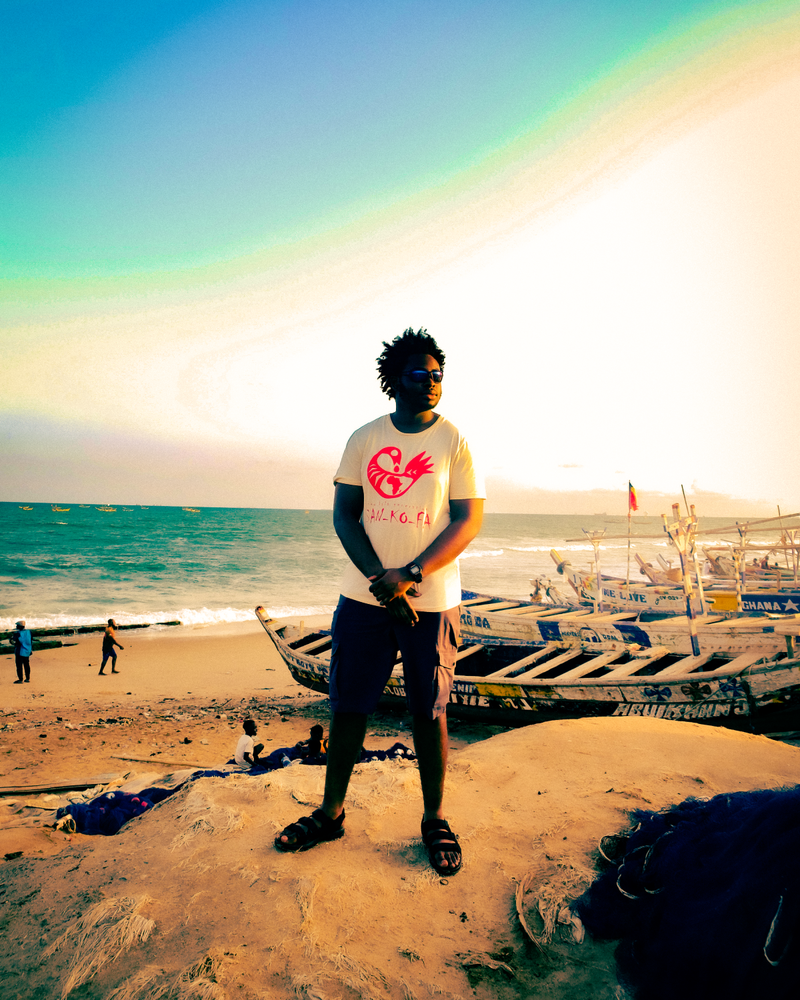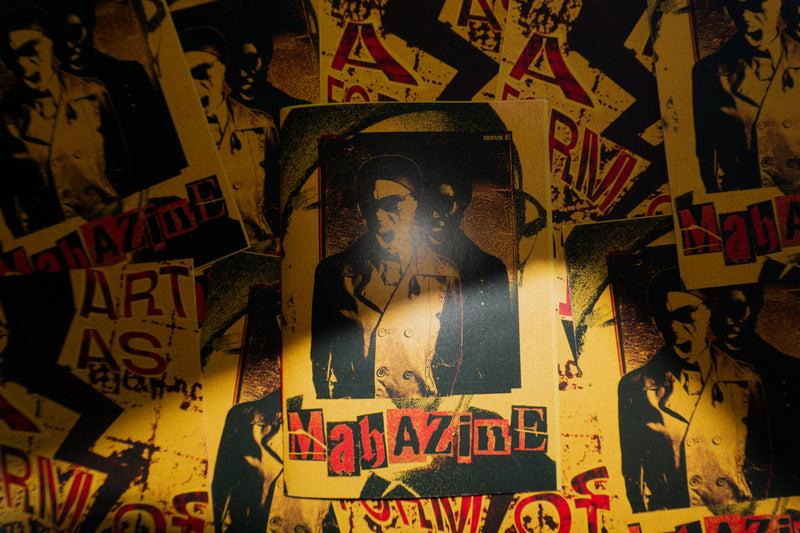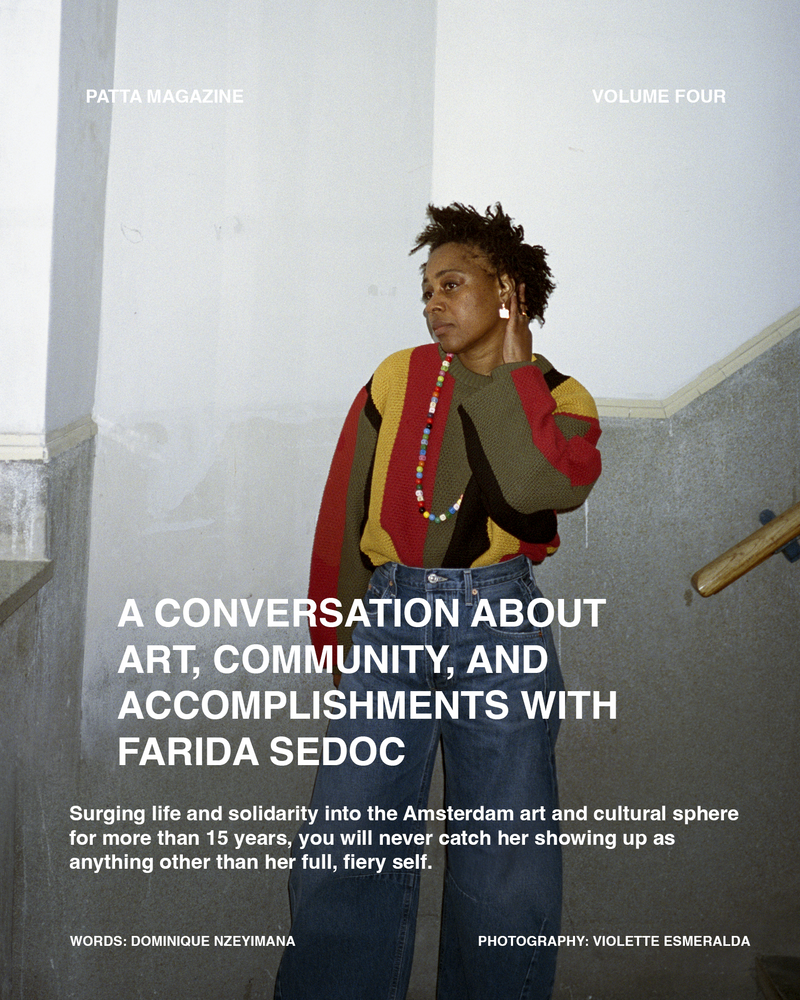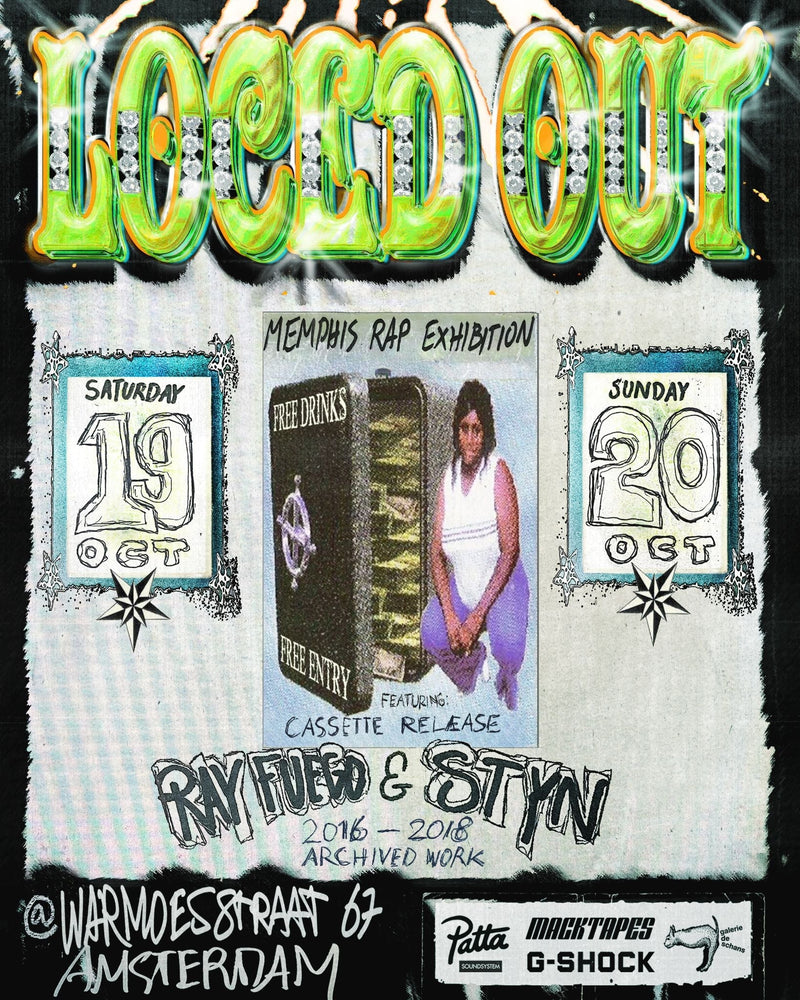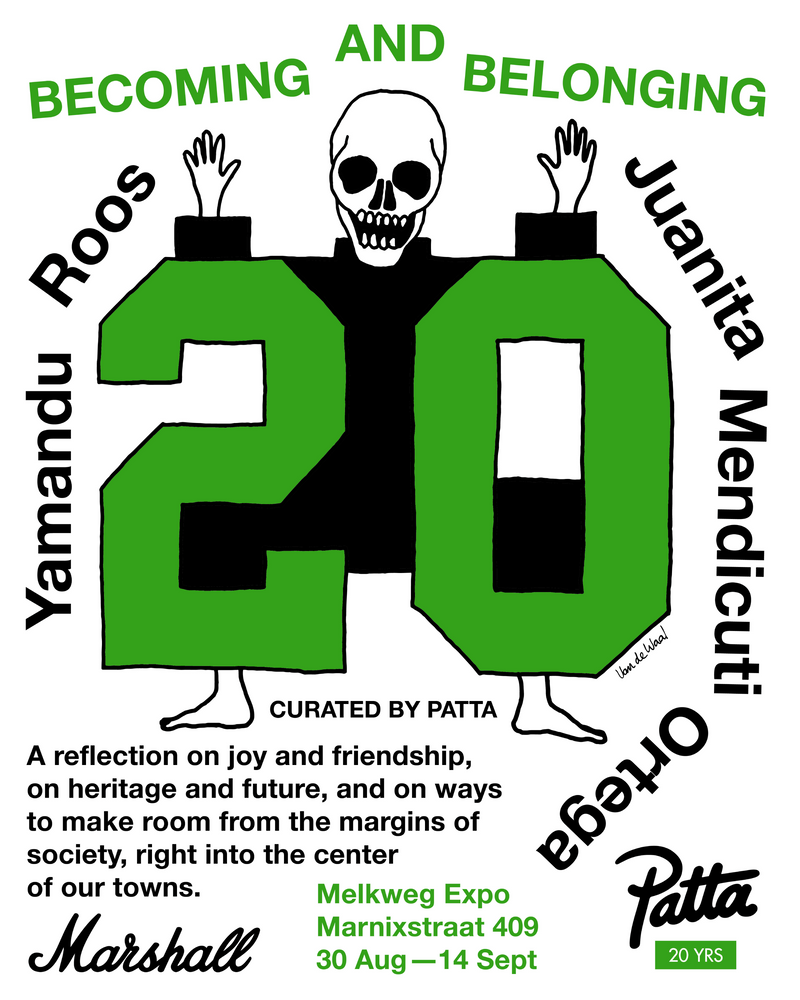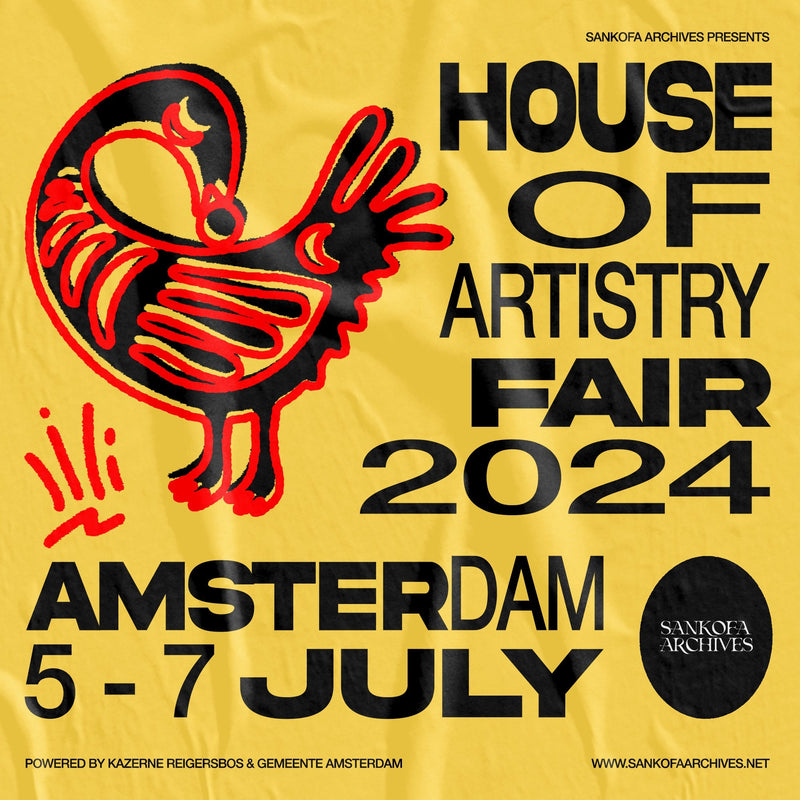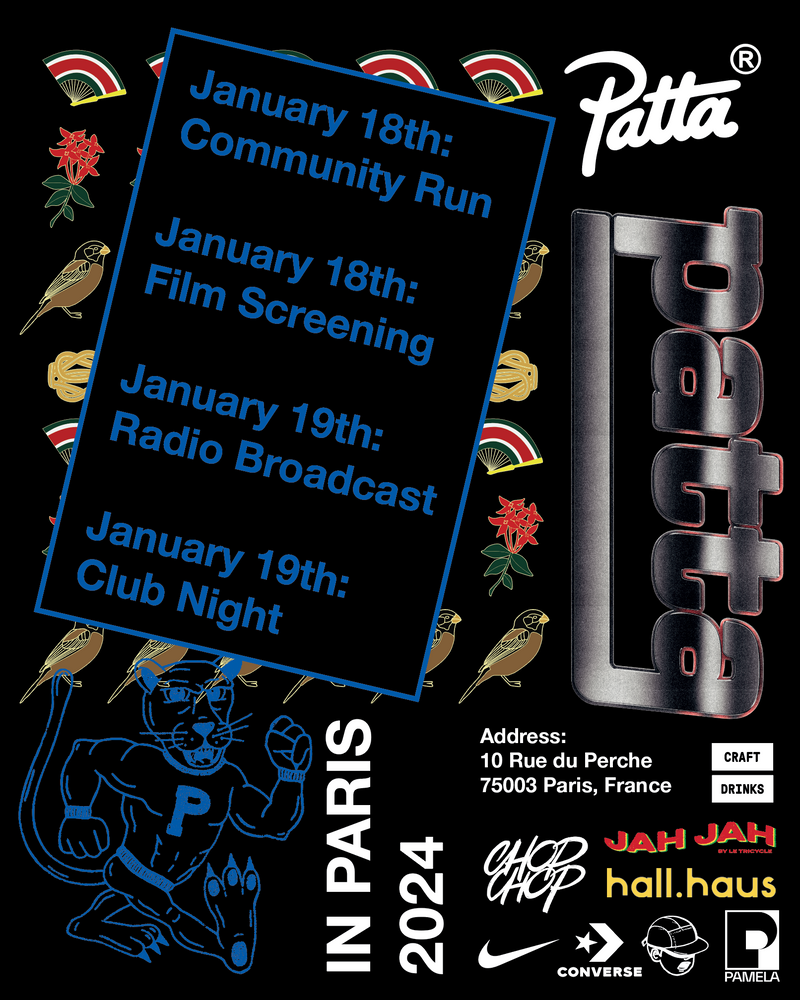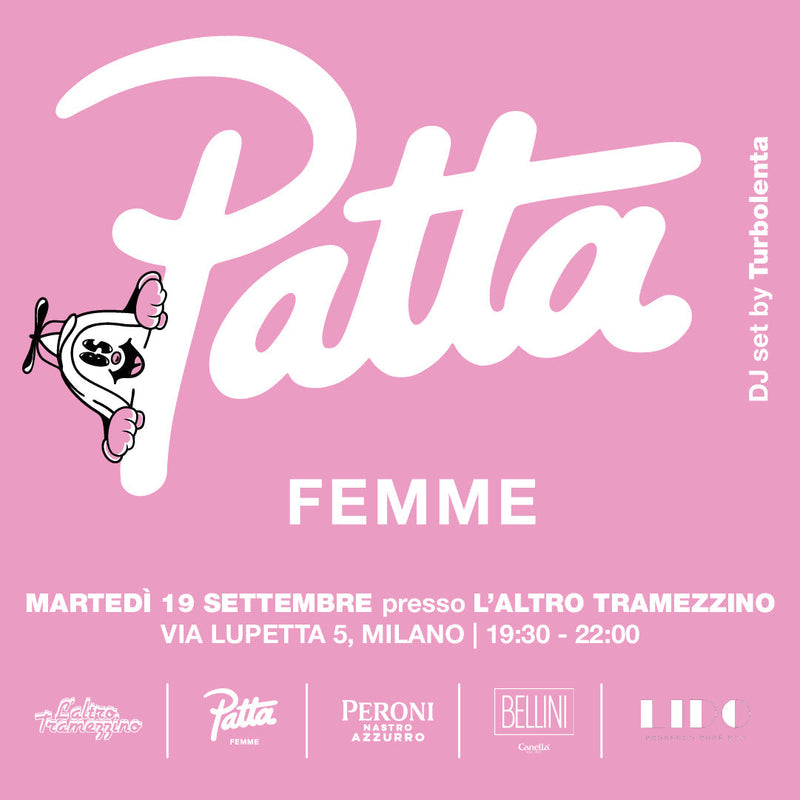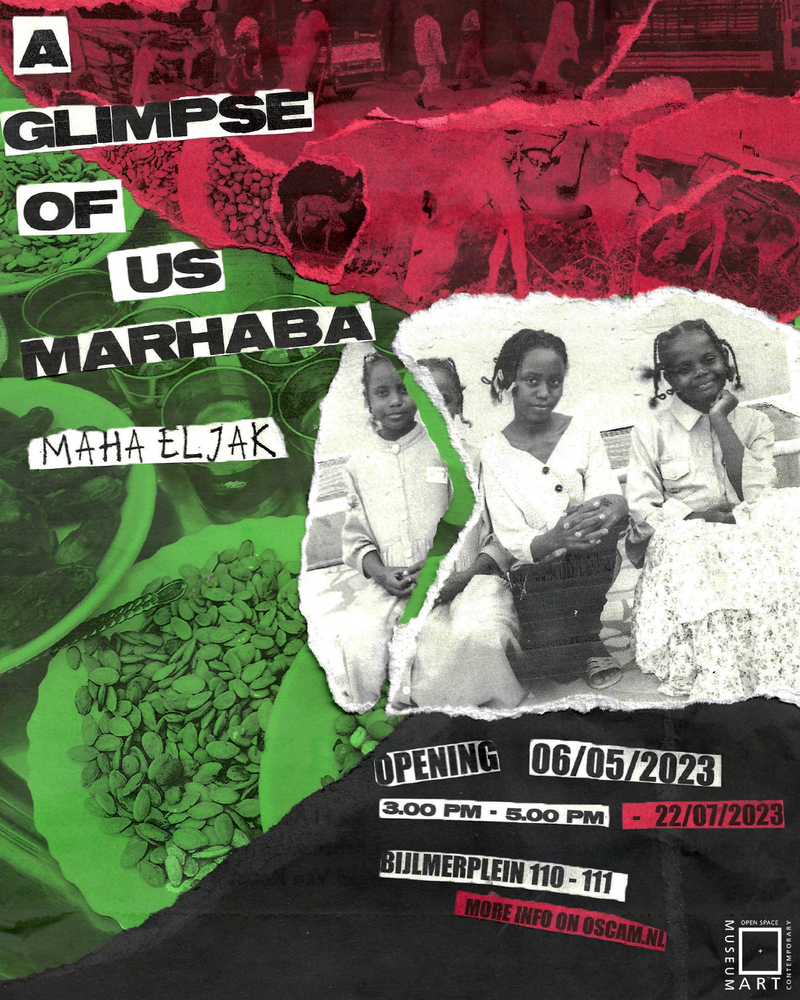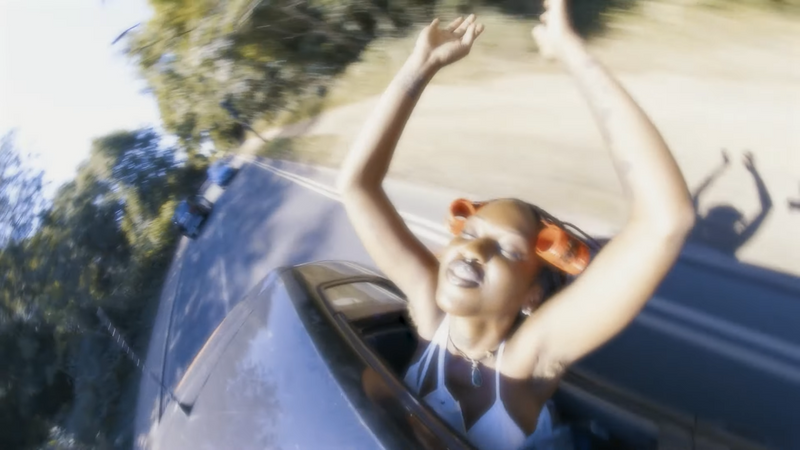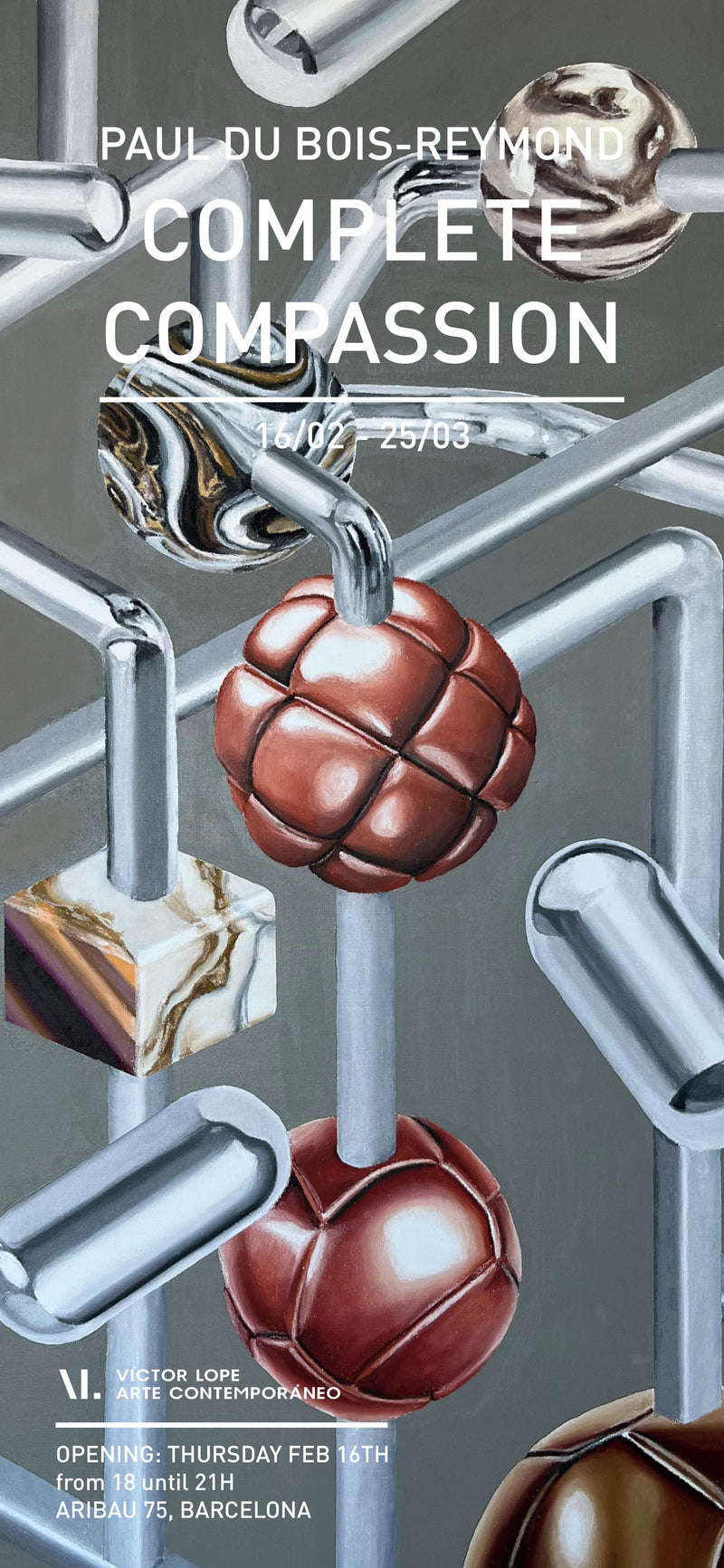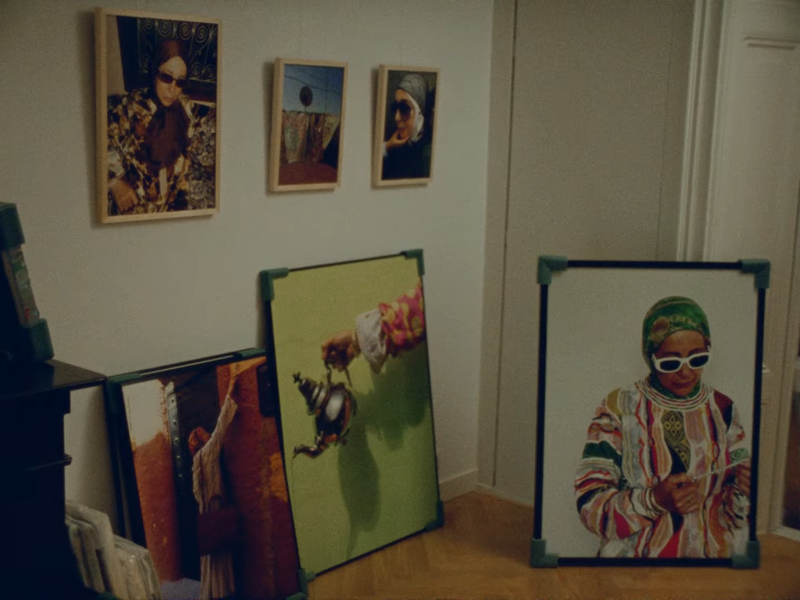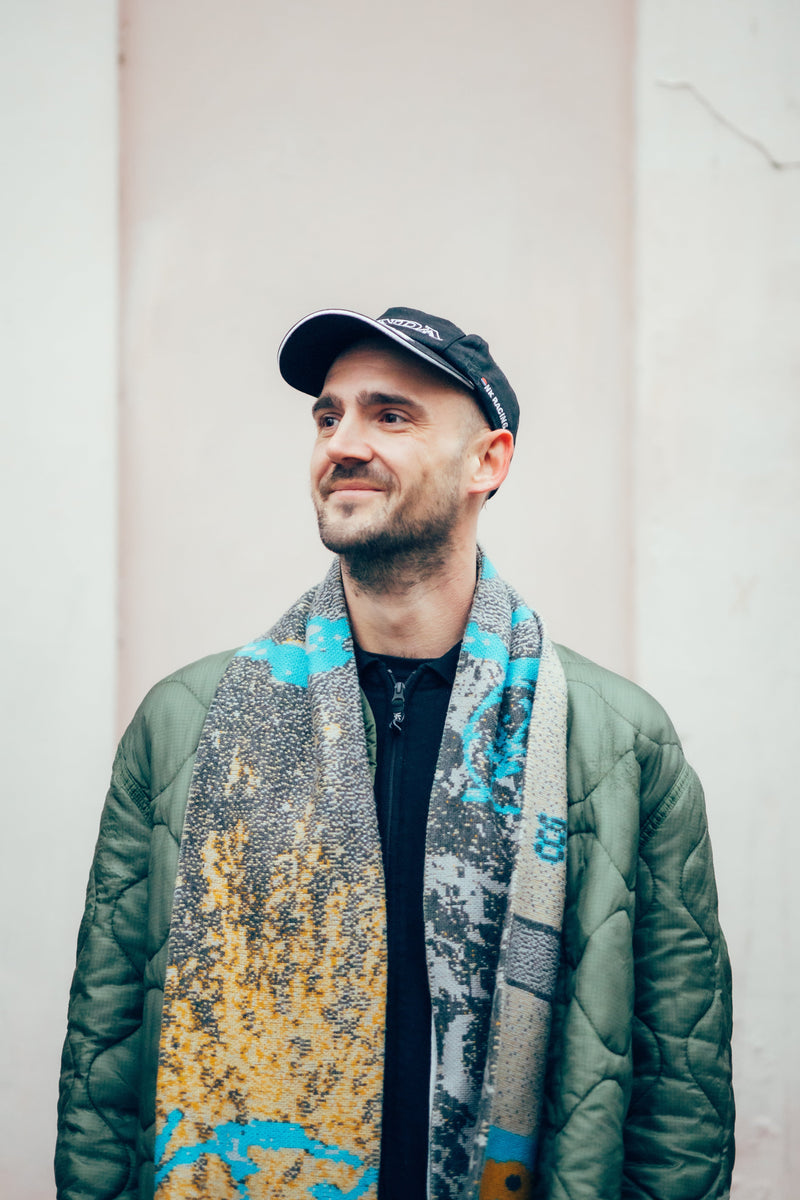
Get Familiar: James Lacey
Get Familiar: James Lacey
Interview by Passion Dzenga | Photography by James Gallagher | Artworks by James LaceyToday we sit down with James Lacey, the creative force behind Pointless Illustrations and founder of Handy Records. Originally from Cardiff, Wales, and now based in Amsterdam, Lacey’s journey as an artist and music curator is marked by a spirit of collaboration and community. He’s got love for both visual art and music, blending the two worlds seamlessly while staying true to his raw, distinctive style. From humble beginnings as a mechanic to becoming a celebrated illustrator, Lacey launched Pointless Illustrations and founded Handy—initially a skateboarding-themed apparel brand that later evolved into a dynamic music label. With the label about to drop its seventh release and the Natural Frequencies digital sublabel making waves, it’s time to get familiar with how Lacey’s passion for music and visual art drives his creative vision. Lacey’s got love for collaboration, working with like-minded artists to foster a tight-knit community rooted in personal connections and mutual respect. His creative journey also led to a standout contribution to our SS25 collection and as an Artist in Residence in Patta Magazine Volume One.Beyond the label and fashion projects, Lacey co-runs Lost Groove alongside Retromigration, an underground club night that will return Amsterdam’s Doka for a fresh series of events in 2025. With a focus on sound quality, community vibes, and music over profit, Lost Groove is a celebration of the underground scene. Whether it’s through the decks or the sketchpad, Lacey’s always pushing creative boundaries and making sure real connections stay at the heart of it all. Get familiar with James Lacey as we dive into his creative process, his journey from Cardiff to Amsterdam via London, and how he balances art, music, and community in unexpected and inspiring ways.How have Cardiff, London, and Amsterdam influenced your personality and what you do?Growing up in Cardiff, it’s not as bustling as metropolitan places like London or Bristol. You develop a sense of community and a mindset of working with your friends to help grow their vision. That mentality stayed with me when I moved to London, which made me approach clients and parties in a way where I wanted to be involved, not just profit from it. In Cardiff and Wales in general, people tend to help each other out more because it’s a smaller scene.Were there any artists or movements in Cardiff that inspired you?I was inspired by local event posters—I used to rip them down off the wall and take them home with me. Ben Arfur, Alexander Sullivan, and Sam Jones were designing for Blue Honey, City Bass, and Rotary Club—local dance events I was a regular at. It inspired me to realize I could do it myself, as it was so accessible. Thankfully, after pestering Ben, he showed me some tips to get me going. Your journey started with a hands-on approach. Can you talk about what you used to do and how that led to founding Handy?I’ve always been hands-on, working in builders’ merchants and eventually becoming a mechanic. I worked for Range Rover and Jaguar, and I was pretty good at it. But after my best friend, who was also a mechanic, passed away, I just couldn’t stay in that world anymore. For escapism, I started drawing for fun as a way to cope and launched an Instagram page called Pointless Illustrations as these drawings I was making didn't mean anything, especially when I began. Eventually, I started Handy as a way to put my art on t-shirts and other skate gear.How did you make your first t-shirts?I was working at a screen printer to make ends meet, so I had access to the equipment. I designed everything in Adobe Illustrator and printed the shirts myself. I was selling them by hand at skate parks like LSP and Spit and Sawdust in Cardiff. It was all done by me—from designing, to printing and even selling.How did you start getting commissions from other people?I reached out to places in my community that I was already connected with. One of the first was Gwdihw, a small jazz bar in Cardiff, where my flyer journey began. I also approached Cardiff Skateboard Club, who started selling my Handy merch. That was a big deal for me—seeing my stuff alongside brands like Independent and Spitfire. I also worked with Freestyle Newport and did posters for club nights like Talk to Frank and Polymer in Swansea. I just wanted to support local places that mattered to me. Working with people who I came from my worlds made the most sense as we understood each other without being lost in translation.Why did you move to London, and how was that experience?My partner at the time lost her job as a fashion designer in Cardiff, and there weren’t many opportunities there, so she wanted to move to London. I saw it as an opportunity to grow and be around more creativity, even though I wasn’t making much money at the time. I just took the leap, worked hard, and eventually made it sustainable. Looking back, it still blows my mind that I managed to pull it off.How did music influence your journey?Music has always been a massive part of my life. Growing up, I was always in bands with friends, playing local gigs at places like TJ’s in Newport. I was an emo kid, always in the mosh pit if not down at the skatepark. Later, I joined a band called Astroid Boys, which was more like a nu-metal/rap crossover. My parents were big into funk and soul, and that shaped my taste too. Music gave me a sense of community and connection that I carried into my creative work. I really think their passion for that music early on resonated with me and lead to my appreciation for music also.Did Cardiff’s music scene influence you in any way?Cardiff had a incredibly strong live music scene when I was growing up. There were also local spots like Clwb Ifor Bach and Bar Fly that fostered a tight-knit music community. Sadly, a lot of those places are gone now, but they were crucial to my journey.What inspired Handy to transition from being a skate-focused brand to a music-centered project?After moving from Cardiff to London, I made a skate video that featured an original track from Earl Jeffers. Although I was still selling to skate shops, the skate community around me began to thin out, and my interests shifted more toward music. My record collection was growing and I was mixing more and more and I was finding myself around the music community more often. Managing a skate brand by myself became tough, whereas music felt more manageable with a small team. It just naturally progressed that way.How did the first music release on Handy come about and how did the first few releases with artists like Adam Curtain, Bobby Casanova, and Retromigration come about?Handy001 started as a passion project with a friend I was living with at the time. I had been doing artwork for labels and collecting records, so I thought of trying it myself. The idea was to keep releases close to friends or music I genuinely loved. It felt like a fun project to work on and see where it could go. Most of the collaborations were with people I already knew through working on artwork or being part of the community. I was doing artwork for Adam Curtain's label, Troublemaker, and we became friends. I loved Bobby Casanova’s track and just reached out to him directly. As for Retromigration, I was doing artwork for his breakthrough EP with another label (Healthy Scratch Records). We connected after I moved to Amsterdam, and it turned out we had similar vibes.What's the concept behind the "naughty and nice" sides of Handy Records releases?It’s about giving artists a platform to explore their full range. Many EPs tend to stick to one sound, but I felt artists often had more to offer. So, we have the “naughty” side for club-focused tracks and the “nice” side for something softer or more experimental. It’s about allowing producers to showcase different shades of their creativity.What led to the creation of the sub-imprint Natural Frequencies, and how does it differ from Handy Records?Handy mainly leans toward house music, but I wanted something more club-focused and accessible after lockdown, which was a time of heavy music saturation and pressing plant issues. Natural Frequencies is more digital and club-ready, not meant to be as precious as vinyl but more functional for DJs. It has an abstract art direction inspired by natural aesthetics. The music itself feels more electronic but with a visual style that evokes something organic and earthy.How do you choose the artists for Natural Frequencies?Natural Frequencies has a broader scope compared to Handy. The first release was from Boulderhead, whose sound felt like a natural extension of Handy's style. Retromigration’s EP showed a different, more electronic side of his production. Marma is a friend from Amsterdam, and Kyra Khladi caught my attention after I attended one of DJ sets and was very impressed. The focus is on pushing fresh, club-ready sounds while still staying true to my taste and community.How did the latest V/A project "Keep It in the Family Volume Two" come together?The first "Keep It in the Family" was a collaboration with Shall Not Fade, combining both labels’ artists. For the second one, I wanted to make it more purely Handy. It features label regulars like Earl Jeffers, Retromigration and Cem Mo, as well as new connections like Zoeplar and Monty DJ. It’s all about working with friends and keeping the community vibe strong because that’s what makes it feel safe and supportive in the music industry.Can you tell us about your passion for collaborating, particularly your recent contributions to Patta’s SS25 collection and your role as an artist in residence in Patta Magazine Volume One? How did these collaborations come about, and what was your creative process like?My first connection with Patta was through Lee Stuart, the former brand director, when I was living in London. In 2021, he messaged me on Christmas Eve, asking if I’d like to work on an upcoming collection themed around ska music. I created some graphics for it, but they didn’t make the final cut. Later, when I moved to the Netherlands, I got back in touch with Lee, and he was super supportive. He even helped me out with some trainers from the shop and introduced me to the right people, which really helped me get established in Amsterdam.After that initial collaboration, how did your relationship with Patta develop?After the ska collection didn’t come out, I became the artist-in-residence for Patta Magazine Volume One. That opened up more opportunities, like making posters for Patta x Nike collaborations and further partnerships with the Amsterdam based brand. Around the same time, Lee also involved me in an exhibition called "We All Need Rest" at OSCAM, where I presented two pieces focused on burnout and self-care. One piece was called "Burning the Candle at Both Ends" and the other was a depiction of self-care, with a bonsai tree and a watering can symbolizing nurturing oneself.How did it feel to be a part of that exhibition at OSCAM?It was an honor, especially as an expat in Amsterdam, where it's not easy to build connections. OSCAM is a community-driven space, and being able to showcase my work there was amazing. The exhibition wasn’t just about art on walls—it was an immersive experience, with live meditation sessions and a real sense of community.Your work has also made its way into fashion through your brand Handy and collaborations with Patta and other brands.How do you approach fashion projects differently compared to your illustrative work?I approach these projects differently because fashion is a physical medium. Seeing my artwork on clothes, windows, or even keyrings feels more tangible than digital art, which often just lives on a screen. I love working with big and small brands alike, as long as they believe in my vision. It’s about creating something lasting that people can wear and experience in real life.You mentioned feeling frustrated with the relationship between art and algorithms. Can you explain that a bit more?Art has become so tied to digital spaces that it feels like we’re creating just to feed algorithms. It’s exhausting and takes away from the essence of making something meaningful. I’m drawn to physical mediums because they feel more genuine. This year, I’m hoping to do more graffiti, painting, and workshops—just getting out there and creating real connections with people.How do you see fashion as a medium for art compared to digital spaces?Designing for print is rooted in authenticity because it’s tangible. You’re not just fighting for attention on a screen. Instead, people choose to wear your art and support you directly. I respect how PA does it—they turn their store into an art space, showcasing work on windows, clothes, and even inside the shop itself. It’s like stepping into a world that represents your art.You’ve also been involved in events like Lost Groove. Can you tell us about that project and what makes it special?Lost Groove is a club night I started, and it’s all about creating a space where people can come together, enjoy music, and just vibe. It’s a reflection of my love for music and community. I’m really excited to bring it back in 2025 and keep building that atmosphere where people can feel at home and just be themselves. Lost Groove actually began as a collective of four people, including myself and Retromigration. It wasn’t about making money—we just wanted a platform to share the music Retromigration makes and Handy releases, and to invite friends to play. We still don’t take money from it; we just reinvest in the party when we can afford it. We split from the original collective and carried on with the name, sticking to our vision of honest parties with good music, good people, and good vibes. What can we expect from the next Lost Groove event?The next one is going to be really special—probably as big as our legendary New Year’s party. This time, we’re collaborating with Suckerpunch Records, run by Papa Nugs, who’s killing it right now with his fun, party-centric sound. We’re also bringing in A for Alpha from Bristol, who’s not only an incredible DJ but also a passionate vinyl digger who never gatekeeps music. She’s someone who truly loves and respects the scene, and I couldn’t be more excited to have her on board. It’s happening on King’s Night, April 25th, at Doka—a venue known for its iconic 4-point sound system. You mentioned earlier that Lost Groove isn’t about making money. How do you balance passion with financial sustainability?It’s tough, but we stick to our principles. We’re not in it to make a profit; we’re in it to build community and celebrate the music we love. If I walk out of a night and haven’t made money but had a good time, that’s fine by me. It’s about creating a space for people to enjoy music without the pressure of commercial gain. Its important to me to have a space which champions sharing music. I think gatekeeping is selfish. If someone comes up to me asking for a track, I’ll take their phone and snap a pic of the track title. It’s not my music to hoard—it belongs to the artists who made it. Sharing track names could even help get those artists paid someday. Gatekeeping stops the wheel from turning and keeps music from being appreciated and enjoyed by a wider audience. You’re a multidisciplinary creative—art, music, and more. How do you see these different creative expressions connecting, if at all? To me, art dresses music, but they’re separate. There’s a blurred line between them, and it really depends on how much the creator values the visual aspect of their work. I think visual language is crucial, whether it’s music, food, or anything else. It gives identity and context, but not everyone sees it that way. Looking back, what advice would you give your younger self, skateboarding at 17 and dreaming big?Chill out. Seriously, nothing is as deep as you think it is. Keep your head down, stay true to yourself, and don’t worry about what other people say. Everyone deserves a space at the table—it’s just about finding yours. Don’t chase trends or other people’s approval. Focus on what you love, and the right people will find you. Finally, is there anything exciting coming up that you’d like to share? Definitely. I’m working on a collaboration with Wax Poetics called the Collector’s Edition, which is about creating collectible items—not just editorial pieces but physical, tangible things. I’m really excited because it’s something I’ve never done before. It’s a new challenge, and I think people are going to love it.It’s clear that James Lacey is driven by more than just creative ambition—he’s fueled by a love for community and genuine connection. Whether he’s screen-printing t-shirts, spinning records at Lost Groove, or crafting album art that tells a story, Lacey’s work is grounded in passion and purpose. His journey from Cardiff to Amsterdam isn’t just about getting caught up in the rat race—it’s about people, friendships, and staying true to what matters. Lacey’s story is a reminder that creativity isn’t just about making things—it’s about making spaces for people to come together and share what they love. Whether through music, art, or the simple act of putting on a great party, he’s all about fostering a sense of belonging. So next time you’re at a Lost Groove night or rocking a Handy tee, know that there’s more to it than meets the eye—it’s built on heart, hustle, and a whole lot of love.
